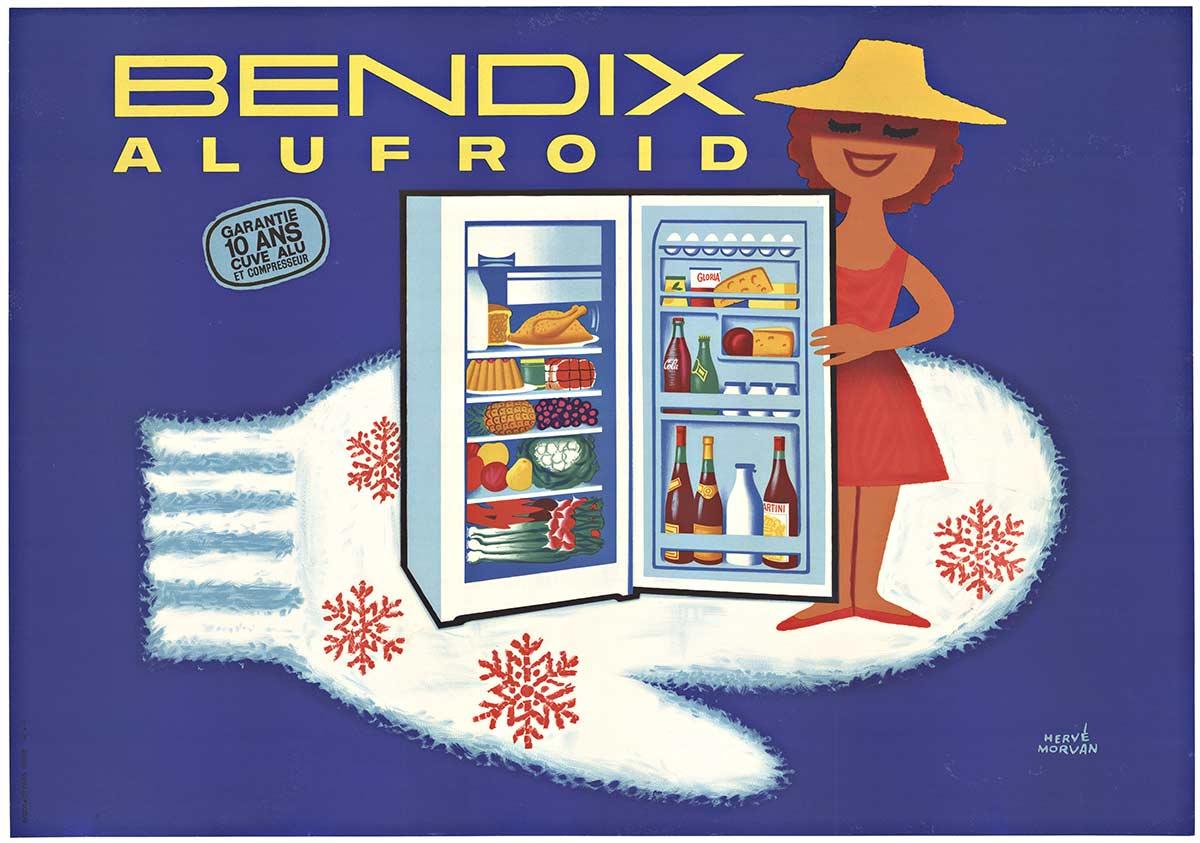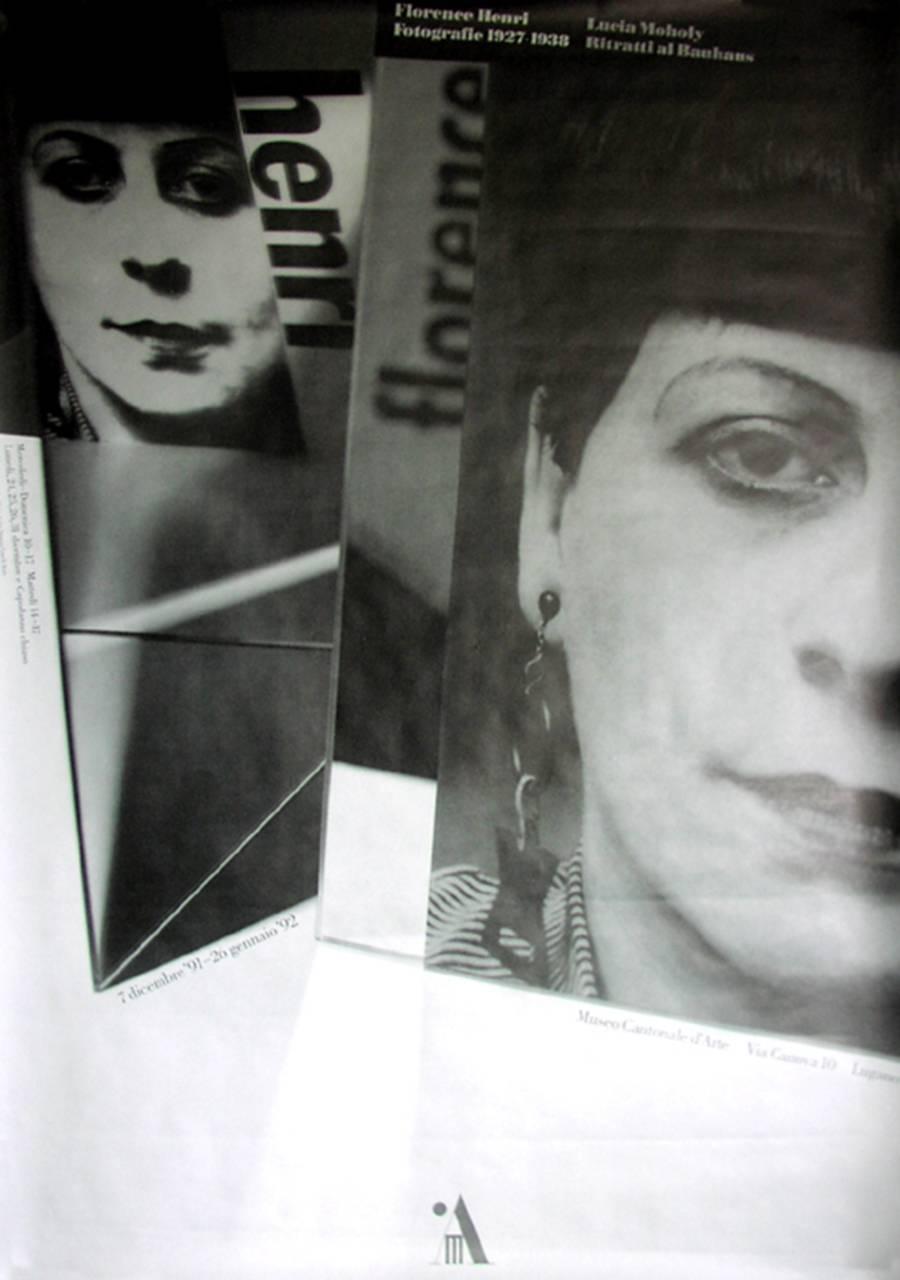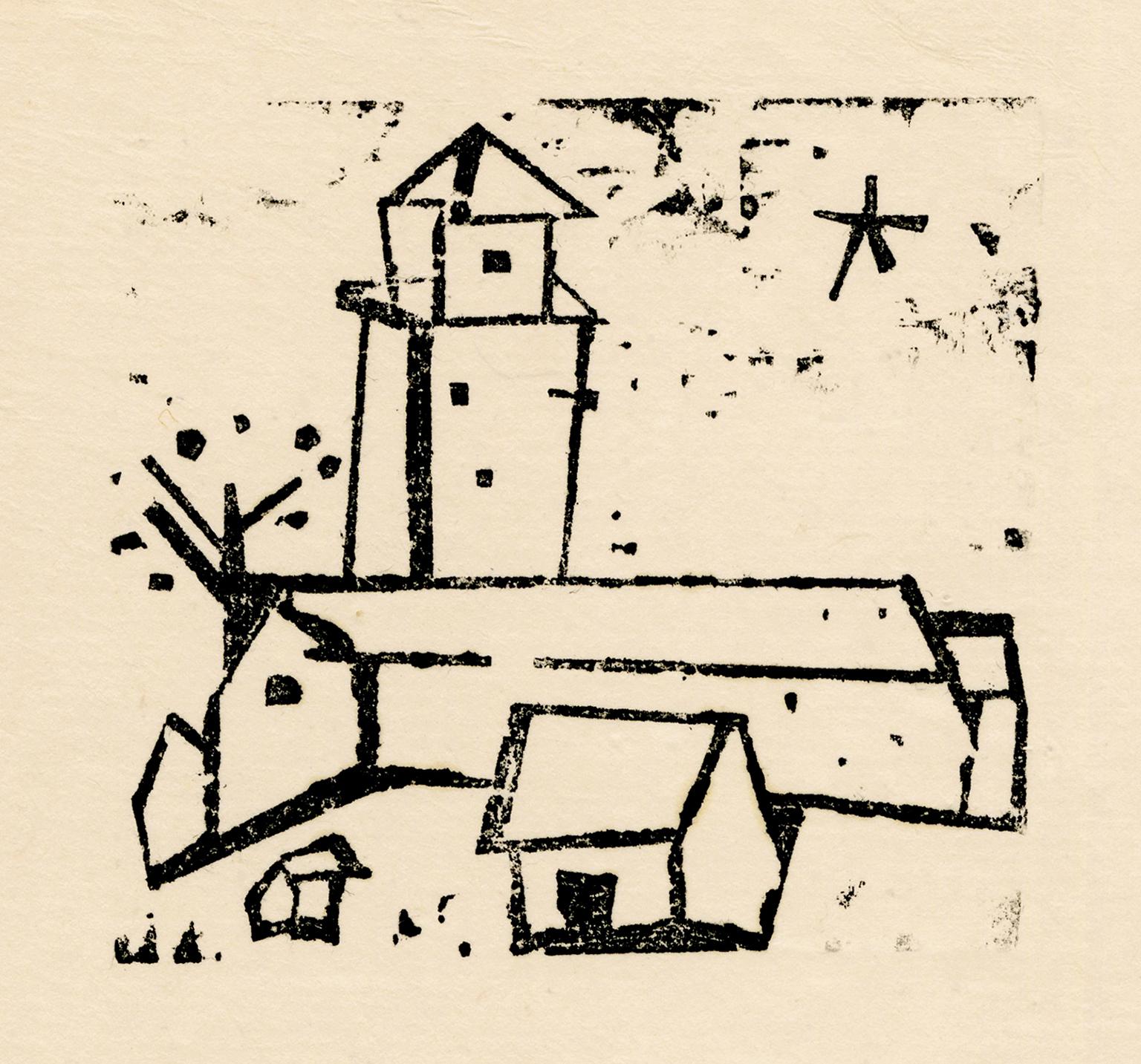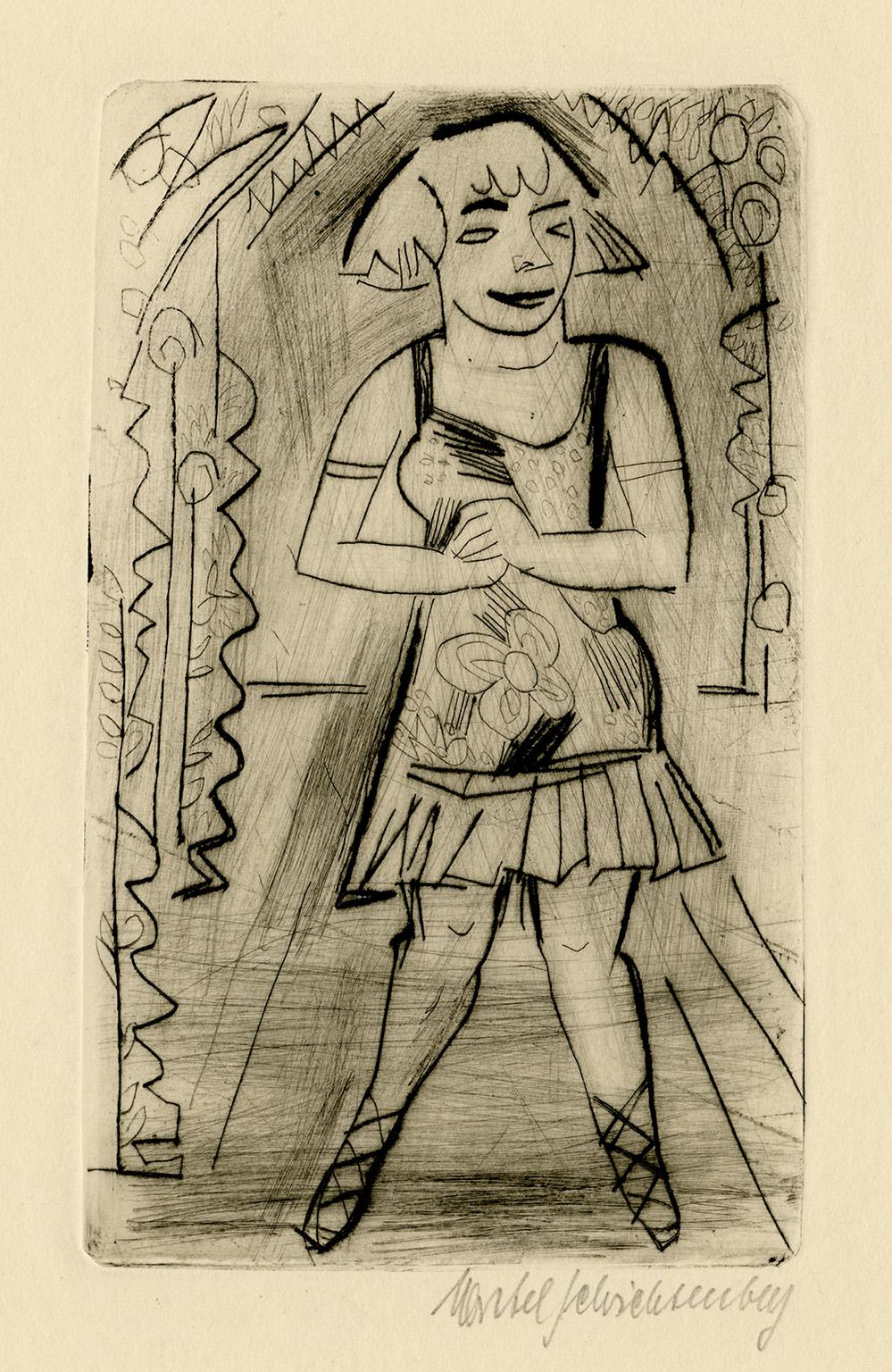Items Similar to Sale and Marketing Kiosk for P Cigarettes (Bauhaus) (20% OFF + Free Shipping)
Want more images or videos?
Request additional images or videos from the seller
1 of 9
Sale and Marketing Kiosk for P Cigarettes (Bauhaus) (20% OFF + Free Shipping)1994
1994
About the Item
Herbert Bayer
Sale and Marketing Kiosk for P Cigarettes (Verkauf- und Werbekiosk, Zigarettenmarke P ), 1924
Offset Lithograph
Year: 1994
Size: 33.2 × 23.2 inches
Publisher: Bauhaus Archiv, Berlin - Germany
COA provided
--------------------------------------
Herbert Bayer was an Austrian and American graphic designer, painter, photographer, sculptor, art director, environmental and interior designer, and architect. He was instrumental in the development of the Atlantic Richfield Company's corporate art collection until his death in 1985
- Creation Year:1994
- Dimensions:Height: 33.2 in (84.33 cm)Width: 23.2 in (58.93 cm)
- Medium:
- Movement & Style:
- After:Herbert Bayer (1900-1985, Austrian, American)
- Period:
- Framing:Framing Options Available
- Condition:
- Gallery Location:Kansas City, MO
- Reference Number:
About the Seller
5.0
Platinum Seller
These expertly vetted sellers are 1stDibs' most experienced sellers and are rated highest by our customers.
Established in 2016
1stDibs seller since 2017
968 sales on 1stDibs
Typical response time: <1 hour
- ShippingRetrieving quote...Ships From: Kansas City, MO
- Return PolicyA return for this item may be initiated within 10 days of delivery.
More From This SellerView All
- Spacegod (Pop Art, Street Art, Comic, James Rizzi)Located in Kansas City, MOMichael Wittmann Spacegod 3D-construction Year: 2020 Signed and numbered by hand Edition: 25 Size: 21.8 × 14.8 on 23.8 × 16.9 inches COA provided (gallery issued)Category
2010s Street Art Prints and Multiples
MaterialsMixed Media, Lithograph
- Litografia Original IBy Joan MiróLocated in Kansas City, MOJoan Miró Litografia Original I Color Lithograph Year: 1975 Size: 12.5 × 9.6 inches Catalogue Raisonné: Queneau, Miro Lithographe II, 1952-1963, p.35 Publisher: Maeght Editeur, Paris...Category
1970s Surrealist Figurative Prints
MaterialsLithograph
- Untitled CompositionBy Joan MiróLocated in Kansas City, MOJoan Miró Untitled Composition 1973-1975 Color woodcut Edition: 1500 Unsigned and not individually numbered Publisher: Weber/Lelong Catalogue raisonné: Jacques Dupin Volume III Size:...Category
1970s Abstract Expressionist Prints and Multiples
MaterialsLithograph
- Terres Grand de Feu (one plate from Artigas)By Joan MiróLocated in Kansas City, MOJoan Miro Terres Grand de Feu (one plate from Artigas) Medium: Original lithograph Size: 14.1875 x 19.625 in Year: 1956 Edition: 1,500 Unsigned Printed text on verso as issued Portf...Category
1950s Modern Figurative Prints
MaterialsLithograph
- The Night (Die Nacht)Located in Kansas City, MOFranz Graw The Night (Die Nacht) color Offset Lithograph Year: 2000s Size: 8.9×6.3in on 11.8×8.3in Signed and numbered by hand Edition: 100 COA provided Ref.: 924802-1191 His artistic creations include mainly oil paintings,sculptures,collages, linoleum prints,drawings and works in clay. From his early childhood Graw loved to paint and was fascinated by the colors of the old impressionists...Category
Early 2000s Contemporary Prints and Multiples
MaterialsLithograph, Offset
- Llambrec-1By Antoni TàpiesLocated in Kansas City, MOAntoni Tapies Llambrec-1 Catalogue raisonné: Galfetti 539 Lithograph Year: 1975 Signed by hand and inscribed Edition: H.C. Size: 7.4 × 9.8 on 29.6 × 21.5 inches Over the course of h...Category
1970s Modern Prints and Multiples
MaterialsLithograph
You May Also Like
- BENDIX ALUFROID original horizontal French posterLocated in Spokane, WAOriginal Herve Movan vintage French poster: BENDIX ALUFROID. Horizontal format size: 43" wide by 30.5. Professional acid-free archival linen backed, very good condition; ready to ...Category
1960s Bauhaus Figurative Prints
MaterialsLithograph
- Florence HenriBy Bruno MonzuzziLocated in New York, NYRitratti al Bauhaus. Photo-offset poster. Museo cantonale d'arte Lugano Year: 1991. Monguzzi studied in Geneva and London, spent part of his early career in at the studio of Antonio Boggeri, in Milan. The inspiration of the experimental and visually-daring work of the avant garde designers Herbert Bayer, El Lissitsky, Jan Tschichold, Piet Zwart, Paul Schuitema, Ladislav Sutnar...Category
1990s Bauhaus Figurative Prints
MaterialsOffset
- 'Church with Houses' — Artist's Personal Letterhead, Bauhaus ModernismBy Lyonel FeiningerLocated in Myrtle Beach, SCLyonel Feininger, 'Church with Houses' also 'Tree and Star' ('Kirche mit Hausern', 'Baum und Stern'), woodcut, 1933, one of a small but unknown number of letterhead proofs; Prasse W275. Annotated 'W 275' (Feininger catalogue number) and inventory number '3033' in pencil, in the bottom right sheet corner. A fine, richly-inked impression, on cream, laid letterhead paper, in excellent condition. Very scarce. Image size 2 7/16 x 2 5/8 inches; sheet size 10 x 6 7/8 inches. Archivally sleeved, unmatted. Exhibited: 'Lyonel Feininer, Woodcuts Used As Letterheads'; Associated American Artists; Feb 4 - March 2, 1974; New York, NY. ABOUT THE ARTIST Lyonel Feininger (1871-1956) was born in New York City into a musical family—his father was a violinist and composer, his mother was a singer and pianist. He studied violin with his father, and by the age of 12, he was performing in public, but he also drew incessantly, most notably the steamboats and sailing ships on the Hudson and East Rivers, and the landscape around Sharon, Conn., where he spent time on a farm owned by a family friend. At the age of 16 he left New York to study music and art in Germany, from where his parents emigrated. Drawn more to the visual arts, he attended schools in Hamburg, Berlin, and Paris from 1887 to 1892. After completing his studies, Feininger began his artistic career as a cartoonist and illustrator, his originality leading him to great success. In 1906, after working for a dozen years in Germany, he was offered a job as a cartoonist at the Chicago Tribune, the largest circulation newspaper in the Midwest. He worked there for a year, inventing what became the standard design for the comic strip: in the words of John Carlin, “an overall pattern. . . that allowed the page to be read both as a series of elements one after the other, like language and as a group of juxtaposed images, like visual art.” His originality did not end there: he went on to become one of the great abstract painters. Like Kandinsky, music was his model, but Kandinsky only knew music from the outside—as a listener (inspired initially by Wagner, then by Schoenberg)—while Feininger knew it from the inside. He lived in Paris from 1906 to 1908, during which time he met and was influenced by the work of progressive painters Robert Delaunay and Jules Pascin, as well as that of Paul Cezanne and Vincent van Gogh. He began painting full-time, developing his distinctive Iyrical style based on Cubist and Expressionist idioms and a concern for the emotive qualities of light and color. He exhibited with the Der Blaue Reiter group in 1913, and in 1917, he had his first solo exhibition at Galerie Der Sturm in Berlin. One year after his solo exhibition, in 1918, Feininger began making woodcuts. He became enamored with the medium, producing an impressive 117 in his first year of exploring the printmaking medium. In 1919 at the invitation of the architect Walter Gropius, he was appointed the first master at the newly formed Staatliches Bauhaus in Weimar. His woodcut of a cathedral crowned...Category
1930s Bauhaus Figurative Prints
MaterialsWoodcut
- 'Little Locomotive' – Artist's Personal Letterhead, Bauhaus ModernismBy Lyonel FeiningerLocated in Myrtle Beach, SCLyonel Feininger, 'Little Locomotive (Kleine Lokomotive)', woodcut, 1936, one of a small but unknown number of letterhead proofs; Prasse W158. Annotated 'W 158' (Feininger catalogue number) and '1936' in pencil, in the bottom right sheet corner. A fine impression, on cream, laid letterhead stock; hinge remains on the left and right top sheet edges, verso, in excellent condition. Very scarce. Image size 2 1/4 x 3 5/16 inches; sheet size 10 x 7 inches. Archivally sleeved, unmatted. Exhibited: 'Lyonel Feininer, Woodcuts Used As Letterheads'; Associated American Artists; Feb 4 - March 2, 1974; New York, NY. Collections: Cleveland Museum of Art, Museum of Modern Art, Staatliche Museen zu Berlin (East Berlin KK). ABOUT THE ARTIST Lyonel Feininger (1871-1956) was born in New York City into a musical family—his father was a violinist and composer, his mother was a singer and pianist. He studied violin with his father, and by the age of 12, he was performing in public, but he also drew incessantly, most notably the steamboats and sailing ships on the Hudson and East Rivers, and the landscape around Sharon, Conn., where he spent time on a farm owned by a family friend. At the age of 16 he left New York to study music and art in Germany, from where his parents emigrated. Drawn more to the visual arts, he attended schools in Hamburg, Berlin, and Paris from 1887 to 1892. After completing his studies, Feininger began his artistic career as a cartoonist and illustrator, his originality leading him to great success. In 1906, after working for a dozen years in Germany, he was offered a job as a cartoonist at the Chicago Tribune, the largest circulation newspaper in the Midwest. He worked there for a year, inventing what became the standard design for the comic strip: in the words of John Carlin, “an overall pattern. . . that allowed the page to be read both as a series of elements one after the other, like language and as a group of juxtaposed images, like visual art.” His originality did not end there: he went on to become one of the great abstract painters. Like Kandinsky, music was his model, but Kandinsky only knew music from the outside—as a listener (inspired initially by Wagner, then by Schoenberg)—while Feininger knew it from the inside. He lived in Paris from 1906 to 1908, during which time he met and was influenced by the work of progressive painters Robert Delaunay and Jules Pascin, as well as that of Paul Cezanne and Vincent van Gogh. He began painting full-time, developing his distinctive Iyrical style based on Cubist and Expressionist idioms and a concern for the emotive qualities of light and color. He exhibited with the Der Blaue Reiter group in 1913, and in 1917, he had his first solo exhibition at Galerie Der Sturm in Berlin. One year after his solo exhibition, in 1918, Feininger began making woodcuts. He became enamored with the medium, producing an impressive 117 in his first year of exploring the printmaking medium. In 1919 at the invitation of the architect Walter Gropius, he was appointed the first master at the newly formed Staatliches Bauhaus in Weimar. His woodcut of a cathedral crowned...Category
1930s Bauhaus Figurative Prints
MaterialsWoodcut
- 'Three Masted Ship, 2' – Artist's Personal Letterhead, Bauhaus ModernismBy Lyonel FeiningerLocated in Myrtle Beach, SCLyonel Feininger, 'Three Masted Ship, 2 (Dreimastiges Schiff, 2)', woodcut, 1937, one of a small but unknown number of letterhead proofs; Prasse W296. Feininger estate stamp and inventory no. 'W 865' in pencil, bottom left sheet corner. Annotated 'W 296' and 'on block : 3702a' in pencil, bottom right sheet corner. A fine impression, on cream, laid, letterhead stock; hinge remains on the left and right top sheet edges, verso, in excellent condition. Very scarce. Image size 2 1/4 x 2 11/16 inches; sheet size 10 x 6 3/4 inches. Archivally sleeved, unmatted. Exhibited: 'Lyonel Feininer, Woodcuts Used As Letterheads'; Associated American Artists; Feb 4 - March 2, 1974; New York, NY. ABOUT THE ARTIST Lyonel Feininger (1871-1956) was born in New York City into a musical family—his father was a violinist and composer, his mother was a singer and pianist. He studied violin with his father, and by the age of 12, he was performing in public, but he also drew incessantly, most notably the steamboats and sailing ships on the Hudson and East Rivers, and the landscape around Sharon, Conn., where he spent time on a farm owned by a family friend. At the age of 16 he left New York to study music and art in Germany, from where his parents emigrated. Drawn more to the visual arts, he attended schools in Hamburg, Berlin, and Paris from 1887 to 1892. After completing his studies, Feininger began his artistic career as a cartoonist and illustrator, his originality leading him to great success. In 1906, after working for a dozen years in Germany, he was offered a job as a cartoonist at the Chicago Tribune, the largest circulation newspaper in the Midwest. He worked there for a year, inventing what became the standard design for the comic strip: in the words of John Carlin, “an overall pattern. . . that allowed the page to be read both as a series of elements one after the other, like language and as a group of juxtaposed images, like visual art.” His originality did not end there: he went on to become one of the great abstract painters. Like Kandinsky, music was his model, but Kandinsky only knew music from the outside—as a listener (inspired initially by Wagner, then by Schoenberg)—while Feininger knew it from the inside. He lived in Paris from 1906 to 1908, during which time he met and was influenced by the work of progressive painters Robert Delaunay and Jules Pascin, as well as that of Paul Cezanne and Vincent van Gogh. He began painting full-time, developing his distinctive Iyrical style based on Cubist and Expressionist idioms and a concern for the emotive qualities of light and color. He exhibited with the Der Blaue Reiter group in 1913, and in 1917, he had his first solo exhibition at Galerie Der Sturm in Berlin. One year after his solo exhibition, in 1918, Feininger began making woodcuts. He became enamored with the medium, producing an impressive 117 in his first year of exploring the printmaking medium. In 1919 at the invitation of the architect Walter Gropius, he was appointed the first master at the newly formed Staatliches Bauhaus in Weimar. His woodcut of a cathedral crowned...Category
1930s Bauhaus Figurative Prints
MaterialsWoodcut
- 'Varietesoubrette, Schwalbennest' also Dancer — 1920s German ExpressionismLocated in Myrtle Beach, SCMartel Schwichtenberg (1896-1945), 'Varietésoubrette, Schwalbennest (Variety Soubrette, Swallow’s Nest), drypoint, 1922. Signed in pencil. A fine, richly-inked impression; the full s...Category
1920s Bauhaus Figurative Prints
MaterialsDrypoint
Recently Viewed
View AllMore Ways To Browse
Antique Art Collection
Antique Sale
Antique Art Sale
Shipping Sale
Bauhaus 1920
Antique Bay
Austrian Cigarette
Original Star Wars Poster
Vintage Army Glasses
Japanese Style Mirror
Piranesi Antique Etchings
Screen Waves
Vintage Bicycles
Vintage Chaos
World Exposition Book
Birds Eye London
Casino Print
Contemporary Woodblock Japanese Print





